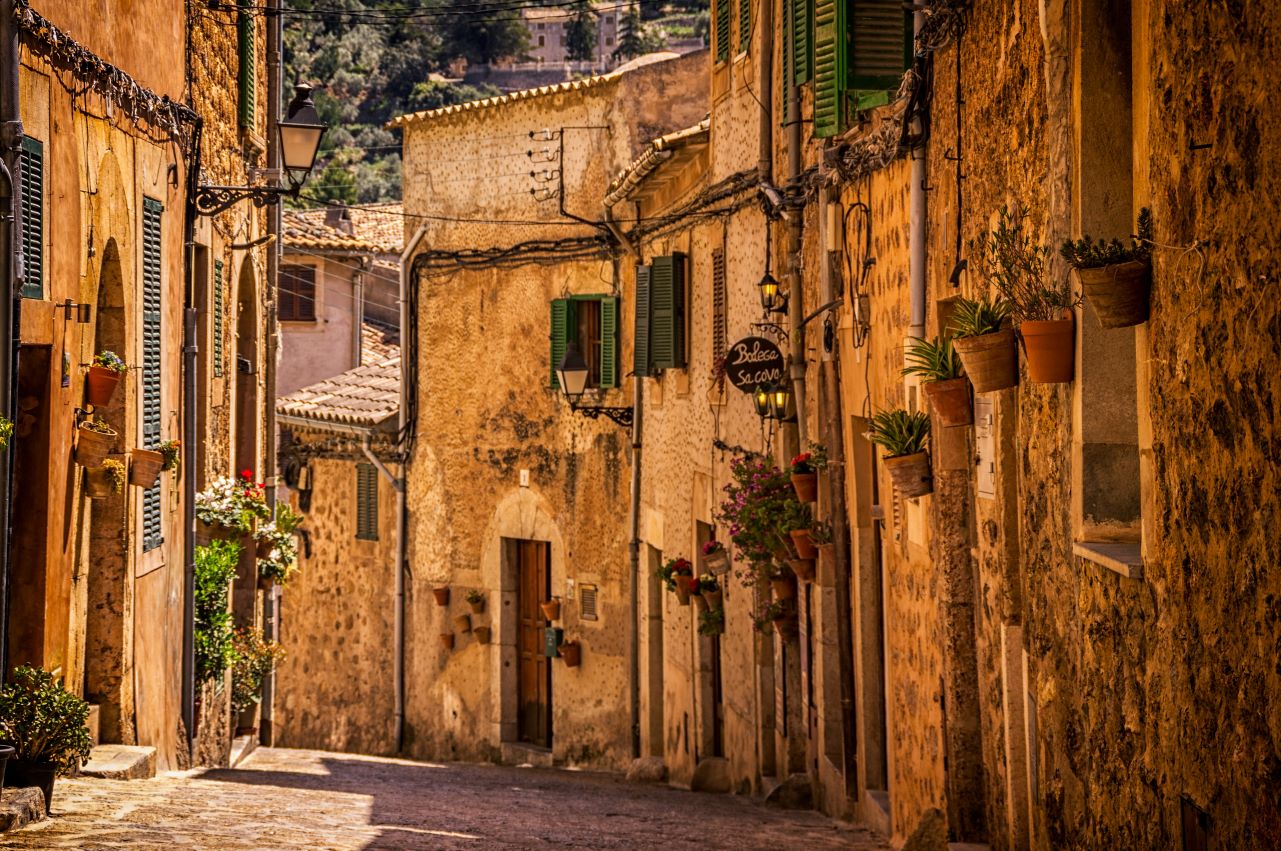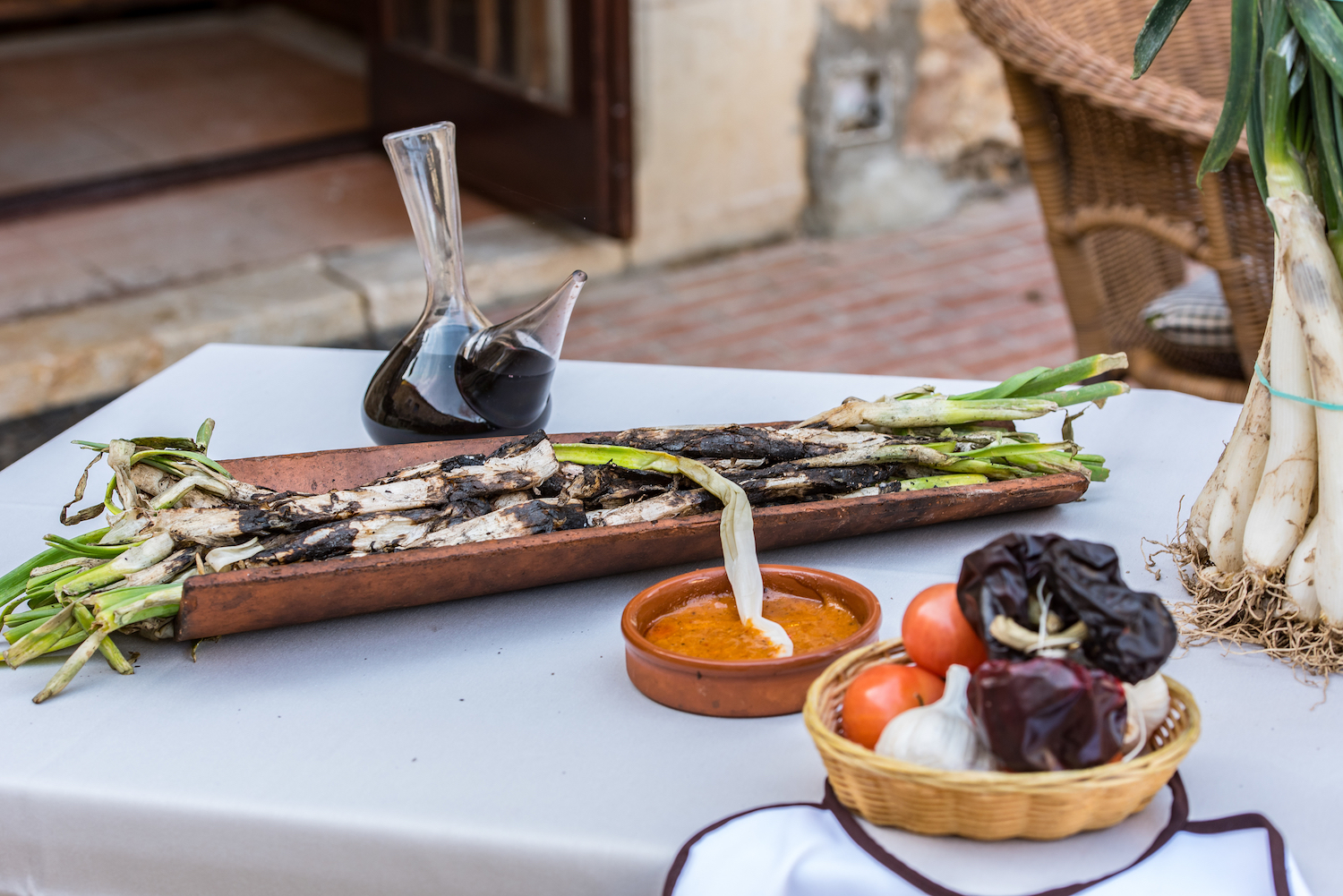Corrida in Spain
Corrida in Spain
The first festivals of corrida appeared in the XVI century.
The first mentions of walking and “on-horse” bullfight appeared in the thirteenth century.
During his rule, Alfonso X “The Wise” forbidden the bullfights for money, popular from 1252 to 1284. For example, in 1526 there was a bullfight in Mexico to celebrate the return of Hernan Cortes, who will give the new vision of this holiday. The big wave of corrida took place in the ХХ century.
The modern bulls have nothing in common with those existing 500 years ago, and even in the last century. The care for the herd, growing and selection of cattle is very important for corrida. The selection is based on kind (nobility), class of animals, по некоторым определениям, the qualities of bull. It must be relatively tame, strong, brave, but not fierce.
In 1774, more modern class of bulls was grown in Vistahermosa. For centuries, this kind will evolve in such qualities as: behavior, appearance and mix of kinds. The bulls always adapted to the modern form of bullfights.
Corrida is a show of bulls, where one or several matador had to kill the bulls according to the certain rules and technique. However, everything depends on your luck- either the bull kills matador with its horns or matador ends it with his sword.
The president of corrida is responsible for the direction and provides a perfect development of the show. His work starts long before the beginning of the show and end very late.
The companies wishing to sell their bulls compete with each other. The presidents also invites veterinarians who check the health and other indicators of animal and make sure that it doesn’t take any chemical additives or stimulants.
“The language of handkerchief”. The president of corrida and gives orders to the matadors, staff on set and viewers, raising the handkerchiefs of different colors that have different meanings. The white handkerchief symbolizes the beginning of the show, entry of the bull and different warnings; the green one is raised to replace the wounded or uncontrolled bull; the red one, if the animal is condemned by the black flag; the blue one- for the courage (it allows the bull to run around the bullring), and the orange one- for exceptional bravery and beauty of performance.








Comments